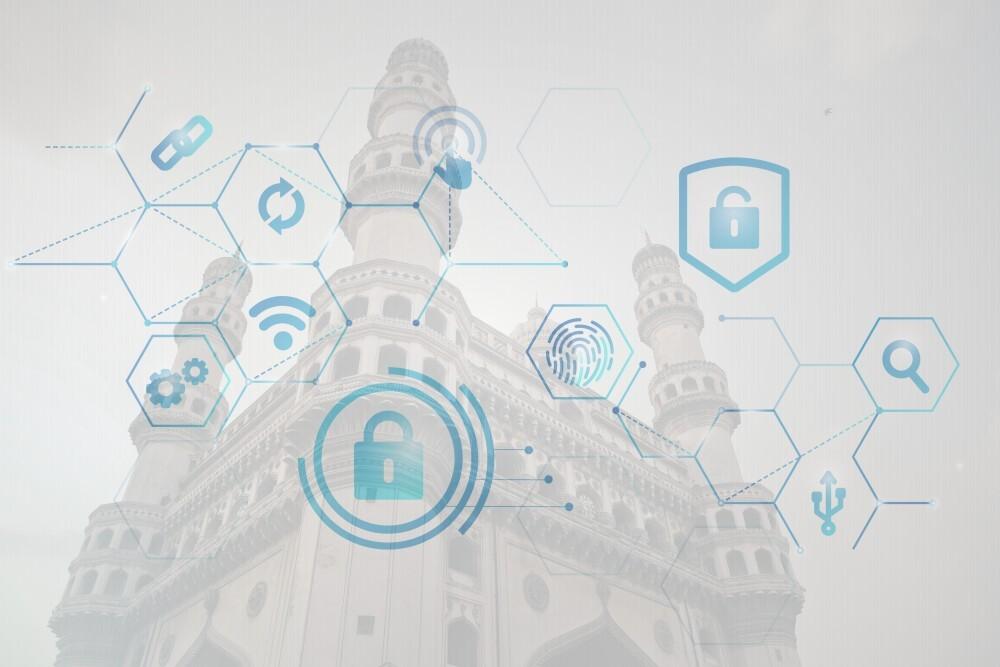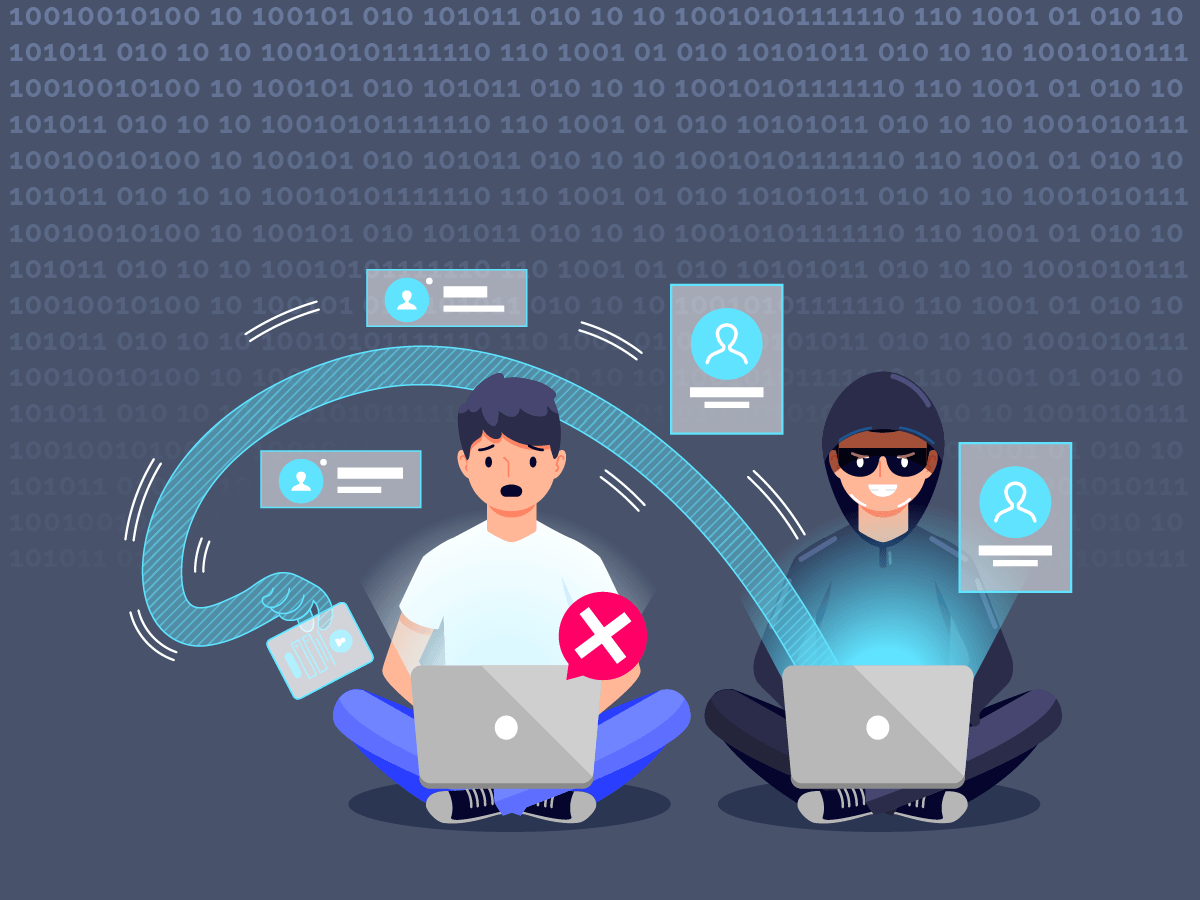
In the pandemic-hit 2020 and 2021, the importance of cybersecurity grew by leaps and bounds. With 2022 just around the corner, the cybersecurity landscape is expected to change at a faster rate like never before. While the world continues to adapt to the 'new digital normal', hackers and attackers are relentlessly contriving to outpace cybersecurity technologies and make a dent in this digital economy.
On the global level cyberattacks are the fastest growing crime and predicted to cost the world $10.5 trillion annually by 2025 (Cybersecurity Ventures). Apart from financial losses, cybercrimes are also rising to damage the reputation of businesses. As governments and businesses work towards elevating their cybersecurity posture coupled with increasingly stringent data regulations, it is imperative to know the key predictions and trends that will help organisations to ramp up their cybersecurity in 2022:
- Remote Work Risks
As per the 2020 Ponemon Institute report, 71% of the surveyed organizations are concerned about data breaches due to remote workers- physical security practices. In this new remote-working landscape created by the COVID-19 pandemic, employees may unknowingly put your company's data at risk. Working from Home or WFH can potentially lead to data breaches, identity fraud, data theft and even critical infrastructure damages if proper security controls are not in place or employees do not follow proper cyber hygiene.
In fact, the average cost was $ 1.07 million higher in breaches where remote work was a factor in causing the breach, compared to those where remote work was not a factor (Cost of a Data Breach Report 2021, IBM).
Tips to mitigate the risks:
-Establish a Cybersecurity Policy
-Separate Work and Personal Devices
-Set up Multi-factor Authentication (MFA)
-Use Virtual Private Networks (VPN)
-Backup Important Data
-Conduct Cybersecurity Awareness Training
-Keep System Software Up-To-Date
-Deploy Adequate Email Security Practices
- Ransomware Attacks to Remain a Primary Concern
Ransomware attacks have evolved from disorganised attacks to highly sophisticated and planned operations. It has become a multimillion-dollar extortion business. Ransomware attacks grew 1,070% year-over-year, according to a recent FortiGuard Labs Global Threat Landscape report. According to cybersecurity experts, the ransomware landscape will become more modular and uniform, and it will spike Ransomware-as-a-Service (RaaS) business. The Ransomware-as-a-Service (RaaS) is a subscription-based business model, that enables malicious attackers to use already-developed ransomware tools to execute ransomware attacks.
Researchers at Group-IB found that almost two-thirds of ransomware attacks analysed in 2020 came from hackers operating on a RaaS model.
Tips to mitigate the risks:
-Maintain backups securely
-Develop incident response plans and policies
-Invest in Intrusion Detection System (IDS)
-Build Email & Endpoint protections
-Keep software patched and updated
- Artificial Intelligence (AI) will Continue to Redefine Security
The attack surface is increasing exponentially with the rise in the processing of voluminous data. As cyberattacks become heavily automated, organizations are facing the heat to fight such attacks.
According to Cost of a Data Breach Report 2020 by IBM, organizations with fully deployed security automation (AI, ML, etc.) saved an average of $3.58 million in 2020 against data breaches. So, deploying cybersecurity automation by leveraging AI/ML tools would be the next-gen approach to enable faster incident responses and execute timely threat protections.
An increasing number of businesses are looking for ways to jump on the AI bandwagon. As per a report by Meticulous Research, artificial intelligence in the cybersecurity market is expected to grow at a CAGR of 23.6% from 2020 to 2027 to reach $46.3 billion by 2027. The growing need for intelligent or smart cybersecurity is encouraging the fast growth of AI technologies in the cybersecurity market.
AI/ML can help to automate threat detection and respond more effectively than conventional software-driven or manual techniques. But there are downsides of AI too! Organisations need to invest heavily in resources and new systems. Also, AI can backfire if it falls into destructive hands.
Though AI is still in its infancy in the cybersecurity field, integrating the two is definitely the way forward towards complimenting and strengthening cybersecurity solutions in future.
- More Focus on Data Privacy
With the internet connectivity revolution, the collection and processing of sensitive personal data and information have surged beyond imagination. Countless bytes of private data end up scattered across various digital platforms-website, cloud, hybrid, and third-party digital storage systems.
With government interventions, data privacy and regulatory environment is getting stringent every year. Businesses must be more careful in terms of providing more transparency and accountability to their customers on privacy. The timeframe for addressing privacy requests will be tighter and so will be the non-compliance fines and penalties.
By the end of 2023, modern privacy laws will cover the personal information of 75% of the world's population (Gartner Inc, 2020). This growing trend has a direct impact on organizations across the globe, as people are becoming more privacy-aware. They must focus on automating their privacy management programs to accommodate this complex new reality.
- Zero Trust Will be More Than Just a Buzzword
Although Zero Trust is not a new concept, it is fast becoming an enterprise imperative over traditional security models. It is based on this principle: Trust nothing because threats are everywhere. According to the report by Osterman Research (2021), Zero-trust architecture is expected to increase cybersecurity efficacy by 144%.
Businesses today operate in hybrid-cloud environments which are turning into breeding grounds for major cyberattacks. By incorporating zero trust principles in their security systems, businesses can eliminate vulnerable permissions and ensure the interaction meets the conditional requirements of the organization's security policies.
A few benefits of Zero Trust
-Provides greater visibility and access control over cloud and other hybrid environments
-Simplifies security architecture
-Enhanced protection against internal and external threats
-Ensures data privacy and supports regulatory compliance
Conclusion
As 2022 is expected to fast-forward the digital transformation of organisations, cybersecurity growth is going to be crucial in safeguarding their digital space. These trends provide invaluable insights into what next year has in store for us. Cyberattacks are going to get more aggressive and so are the innovations in cybersecurity to fortify the security posture and to protect the digital assets.
References:
https://cybersecurityventures.com/cybercrime-damages-6-trillion-by-2021/
https://www.ibm.com/security/data-breach
https://www.zdnet.com/article/ransomware-in-2022-were-all-screwed/
https://www.zdnet.com/article/ransomware-as-a-service-is-the-new-big-problem-for-business/





